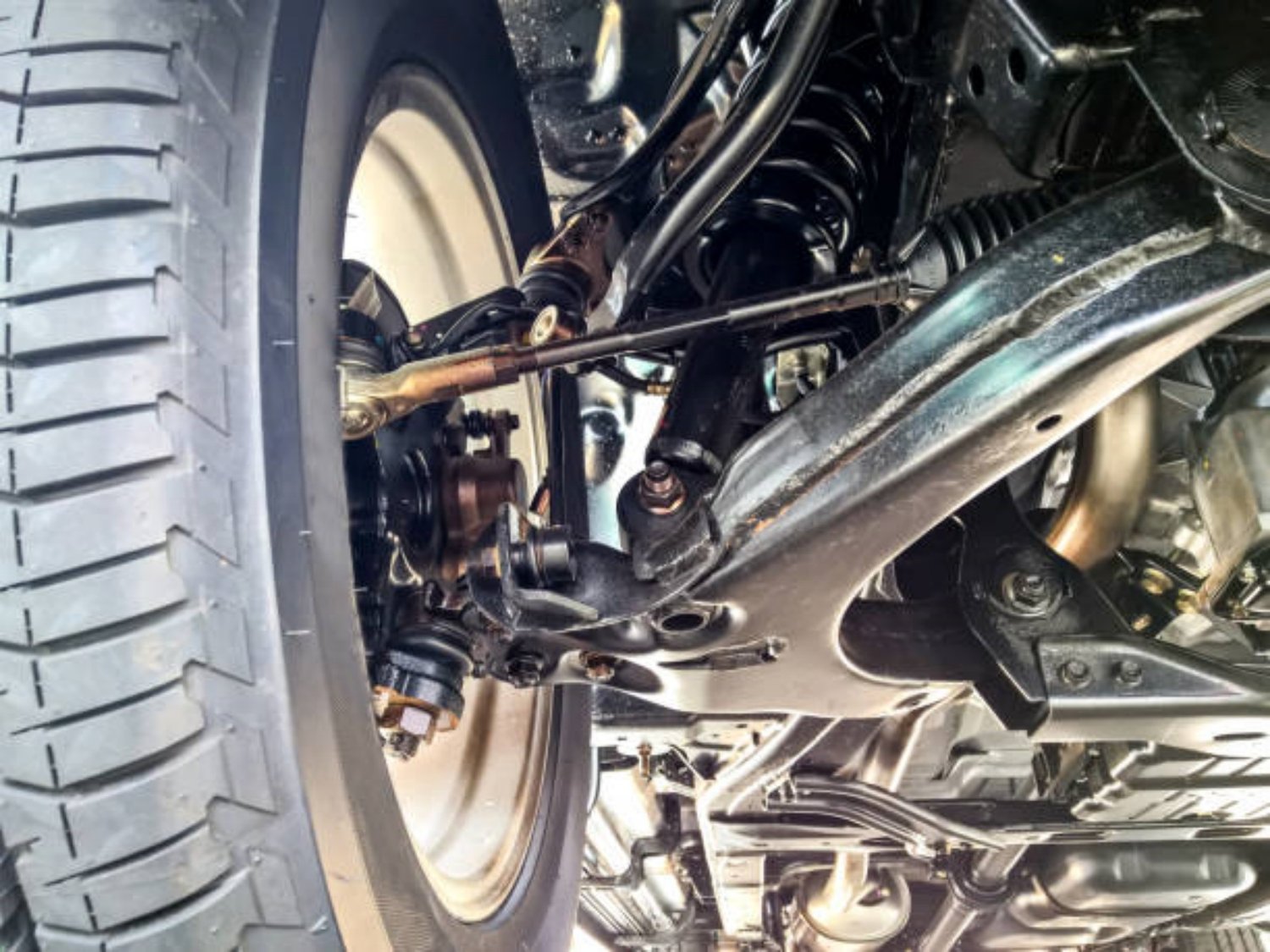1. Introduction
When it comes to the smooth and comfortable ride we experience in automobiles, there is a crucial element at play: springs. These often overlooked components are fundamental to the functioning of vehicles, providing stability, cushioning, and control. In this article, we will explore the various aspects of springs in automobiles and understand their significance in ensuring a safe and enjoyable driving experience.
2. The Role of Springs in Suspension Systems
One of the primary functions of springs in automobiles is to support the suspension system. Springs work alongside shock absorbers or dampers to absorb impact from bumps, potholes, and uneven road surfaces. They help distribute the weight and force exerted on the vehicle, preventing excessive bouncing or jolting. Without springs, the ride quality would be compromised, leading to discomfort and potential damage to both the vehicle and its occupants.
3. Types of Springs Used in Automobiles
There are several types of springs used in automobiles, each with its unique characteristics and applications. The most common types include coil springs, leaf springs, torsion bars, and air springs. Coil springs, made of steel, are widely used in modern vehicles due to their flexibility and durability. Leaf springs, on the other hand, consist of layers of curved metal strips and are commonly found in trucks and larger vehicles. Torsion bars utilize the twisting motion of a metal bar to provide suspension support, while air springs use compressed air to adjust the vehicle's height and stiffness.
4. Impact on Vehicle Handling and Stability
Properly functioning springs play a crucial role in maintaining vehicle handling and stability. They help to distribute the weight evenly across all four wheels, ensuring optimal contact with the road surface. This contact improves traction, allowing the driver to maintain control during acceleration, braking, and cornering. Additionally, springs aid in minimizing body roll, which is the sideways tilting motion experienced during turns. This enhances the overall stability and safety of the vehicle, especially at higher speeds.
5. Spring Maintenance and Replacement
Like any other automotive component, springs require regular maintenance and, eventually, replacement. Over time, springs may lose their elasticity or become worn out due to exposure to various road conditions and environmental factors. It is essential to inspect the springs periodically for signs of damage, such as cracks, sagging, or corrosion. If any issues are detected, it is recommended to have the springs replaced by a qualified mechanic to ensure optimal performance and safety on the road.
6. The Impact of Springs on Comfort
Comfort is a vital aspect of any driving experience, and springs play a significant role in providing it. The suspension system, consisting of springs and shock absorbers, works together to absorb vibrations and bumps from the road, minimizing the transfer of these shocks to the vehicle's occupants. By effectively isolating the cabin from external disturbances, springs contribute to a smoother and more comfortable ride, reducing fatigue and enhancing overall satisfaction for the driver and passengers.
7. Spring Design and Technology Advancements
The design and technology behind springs have evolved significantly over the years. Manufacturers constantly strive to improve the performance and durability of springs in automobiles. Advanced materials, such as high-strength steel and composite materials, are now used to create lighter yet stronger springs. Additionally, computer-aided design and simulation techniques enable engineers to optimize spring characteristics for specific vehicles, enhancing both safety and performance.
8. Spring Applications Beyond Suspension
While springs are primarily associated with suspension systems, their applications extend beyond this function in automobiles. Springs are also utilized in various other components, such as valve springs in the engine, clutch springs in the transmission, and seat springs in the seating system. These springs serve different purposes but share the common goal of providing stability, control, and reliability in their respective applications.
9. The Future of Springs in Automobiles
As automotive technology advances, the future of springs in automobiles is likely to witness further innovations. The ongoing development of electric and autonomous vehicles presents new challenges and opportunities for spring design. Springs that can adapt to changing road conditions or adjust stiffness based on driving modes may become more prevalent. Additionally, the integration of smart sensors and active control systems may revolutionize the way springs perform, enhancing both safety and comfort in future vehicles.
10. Conclusion
From supporting suspension systems to ensuring comfort and stability, springs are an integral part of automobiles. Their role in absorbing shocks, distributing weight, and providing control cannot be overstated. As we continue to embrace advancements in automotive technology, springs will remain a vital component, ensuring safer, more comfortable, and enjoyable rides for drivers and passengers alike.

